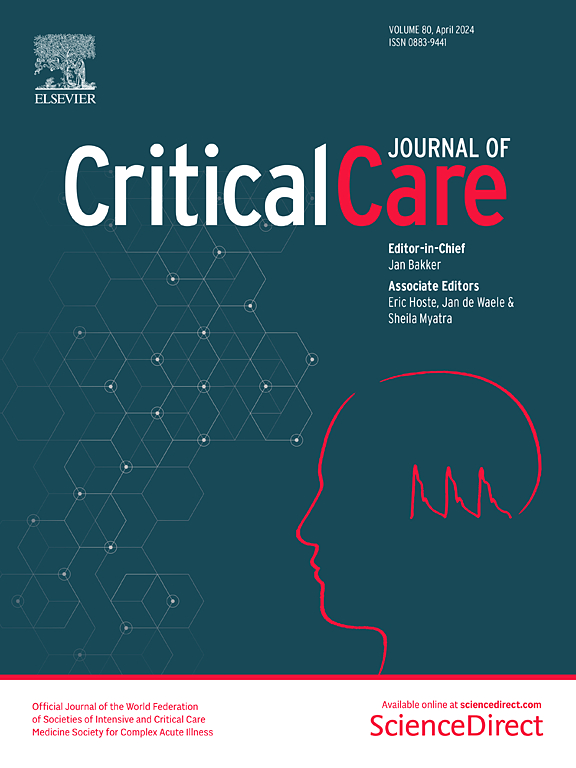A narrative review on the future of ARDS: evolving definitions, pathophysiology, and tailored management
IF 8.8
1区 医学
Q1 CRITICAL CARE MEDICINE
引用次数: 0
Abstract
Acute respiratory distress syndrome (ARDS) is a severe complication of critical illness, characterized by bilateral lung infiltrates and hypoxemia. Its clinical and pathophysiological heterogeneity poses challenges for both diagnosis and treatment. This review outlines the evolution of ARDS definitions, discusses the underlying pathophysiology of ARDS, and examines the clinical implications of its heterogeneity. Traditional ARDS definitions required invasive mechanical ventilation and relied on arterial blood gas measurements to calculate the PaO2/FiO2 ratio. Recent updates have expanded these criteria to include patients receiving noninvasive respiratory support, such as high-flow nasal oxygen, and the adoption of the SpO2/FiO2 ratio as an alternative to the PaO2/FiO2 ratio. While these changes broaden the diagnostic criteria, they also introduce additional complexity. ARDS heterogeneity—driven by varying etiologies, clinical subphenotypes, and underlying biological mechanisms—highlights the limitations of a uniform management approach. Emerging evidence highlights the presence of distinct ARDS subphenotypes, each defined by unique molecular and clinical characteristics, offering a pathway to more precise therapeutic targeting. Advances in omics technologies—encompassing genomics, proteomics, and metabolomics—are paving the way for precision-medicine approaches with the potential to revolutionize ARDS management by tailoring interventions to individual patient profiles. This paradigm shift from broad diagnostic categories to precise, subphenotype-driven care holds promise for redefining the landscape of treatment for ARDS and, ultimately, improving outcomes in this complex, multifaceted syndrome.求助全文
约1分钟内获得全文
求助全文
来源期刊

Critical Care
医学-危重病医学
CiteScore
20.60
自引率
3.30%
发文量
348
审稿时长
1.5 months
期刊介绍:
Critical Care is an esteemed international medical journal that undergoes a rigorous peer-review process to maintain its high quality standards. Its primary objective is to enhance the healthcare services offered to critically ill patients. To achieve this, the journal focuses on gathering, exchanging, disseminating, and endorsing evidence-based information that is highly relevant to intensivists. By doing so, Critical Care seeks to provide a thorough and inclusive examination of the intensive care field.
 求助内容:
求助内容: 应助结果提醒方式:
应助结果提醒方式:


